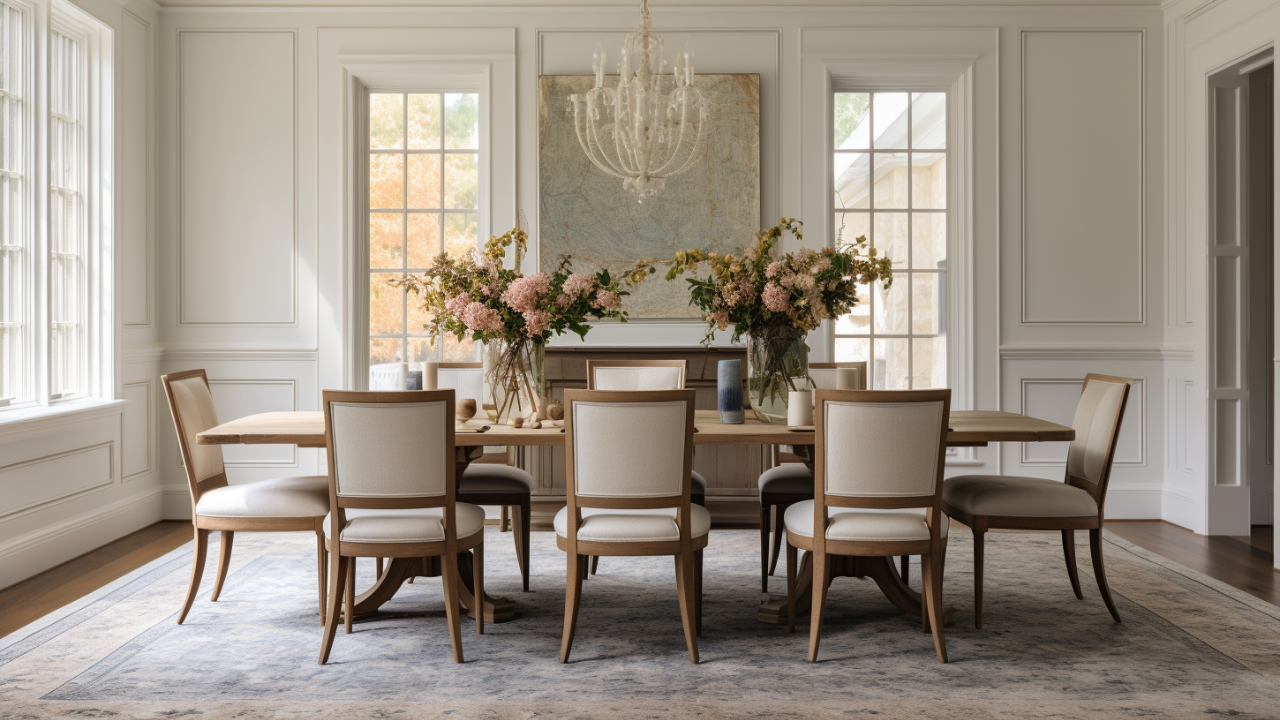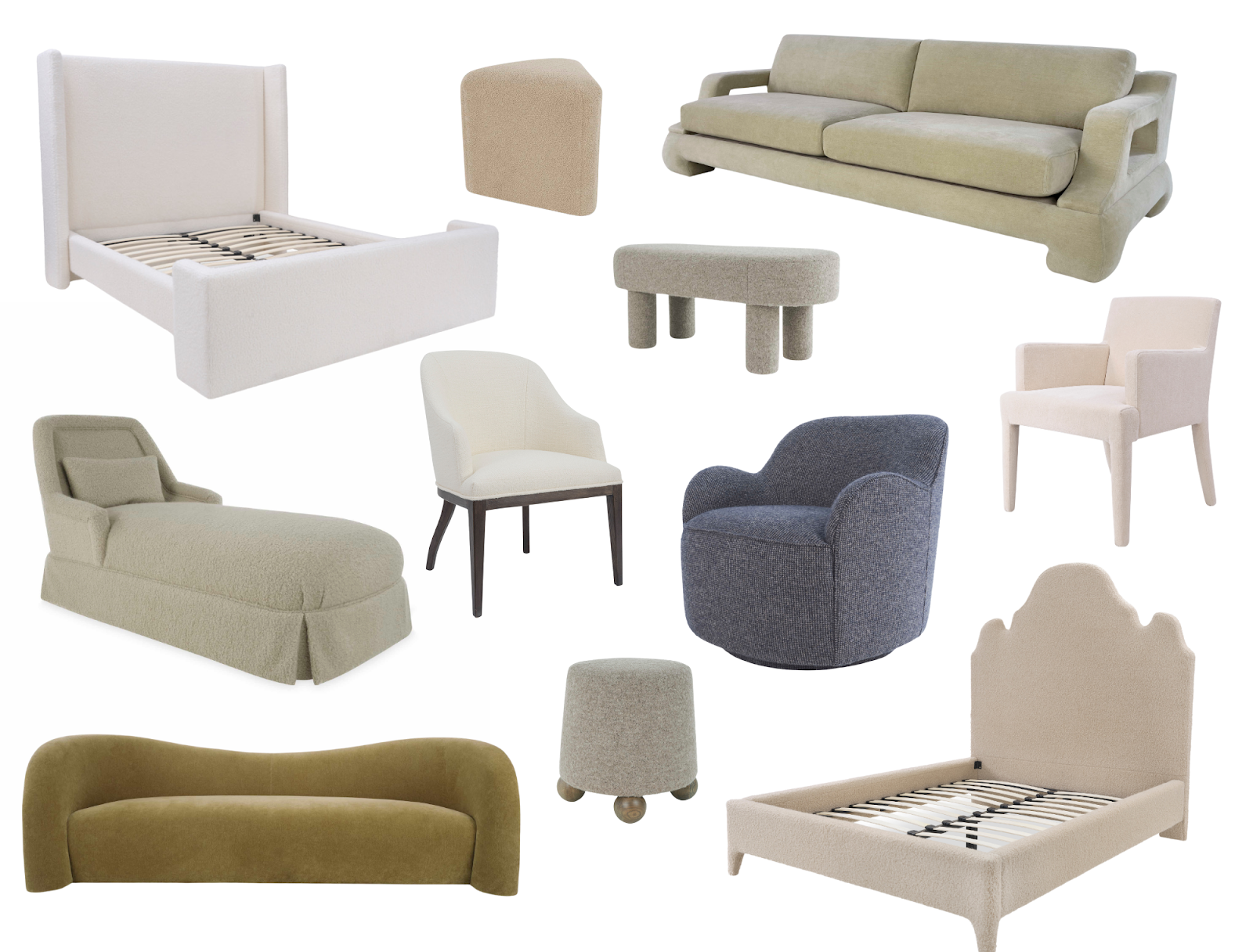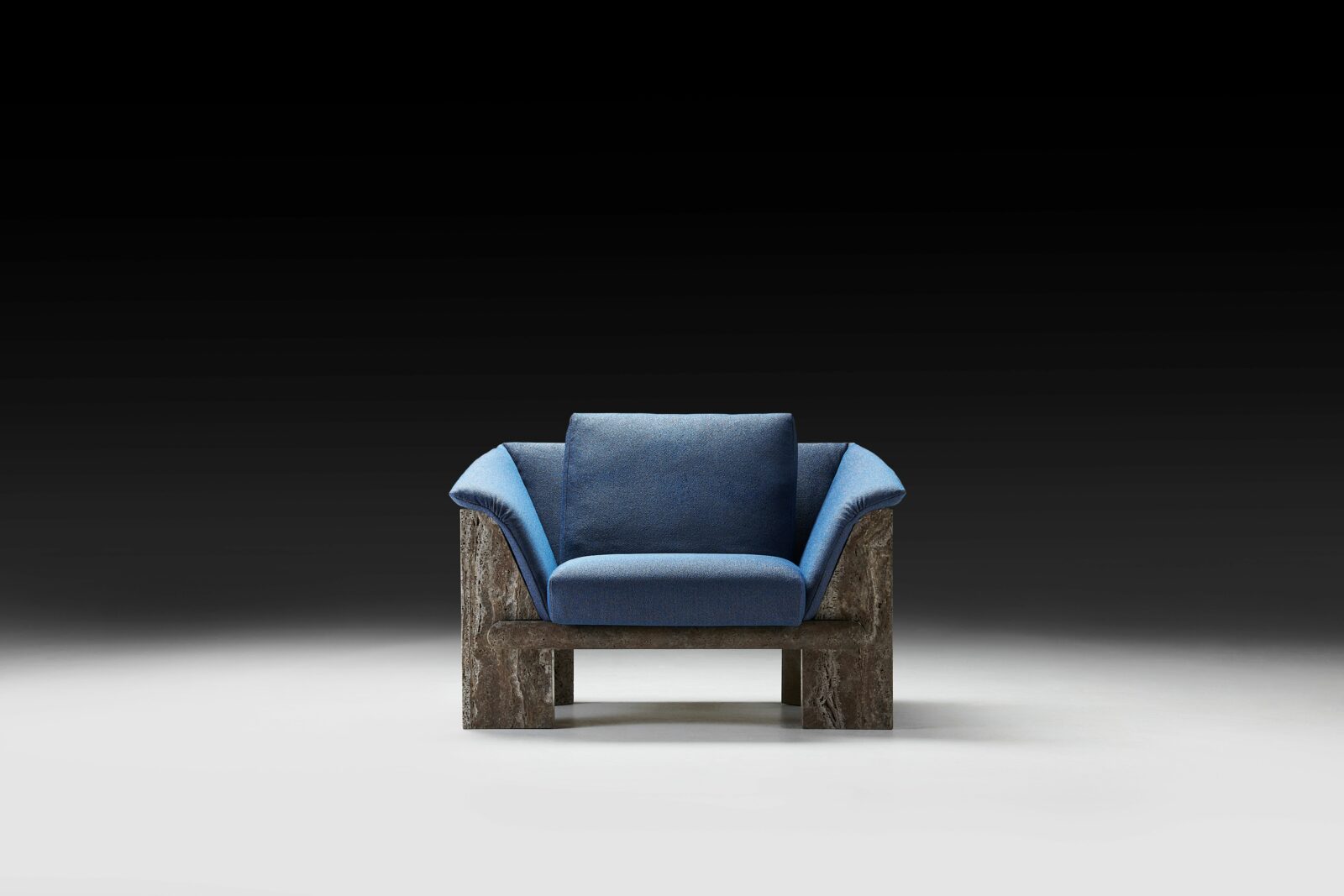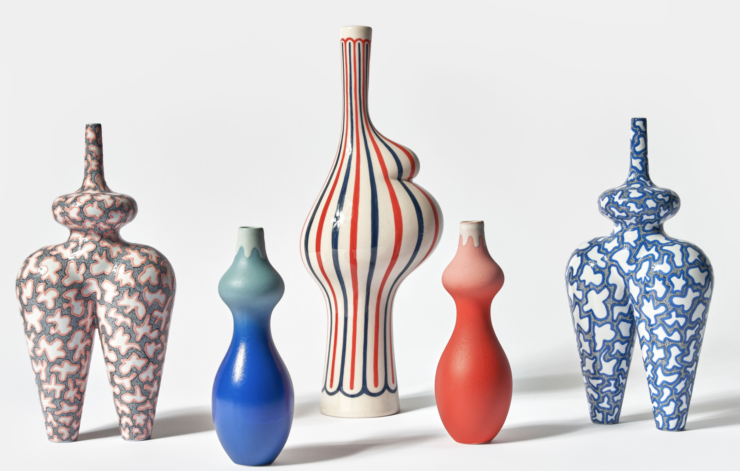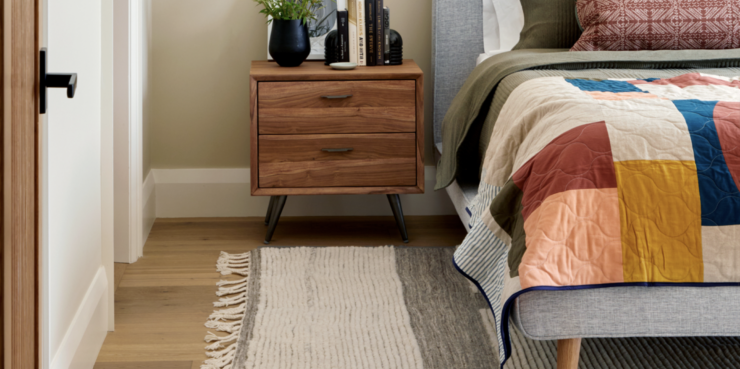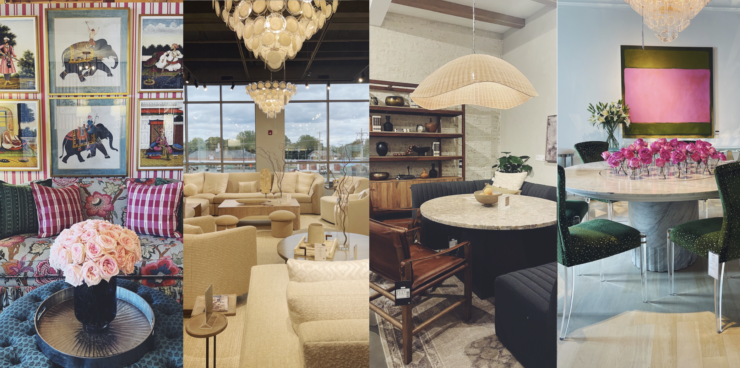Retail
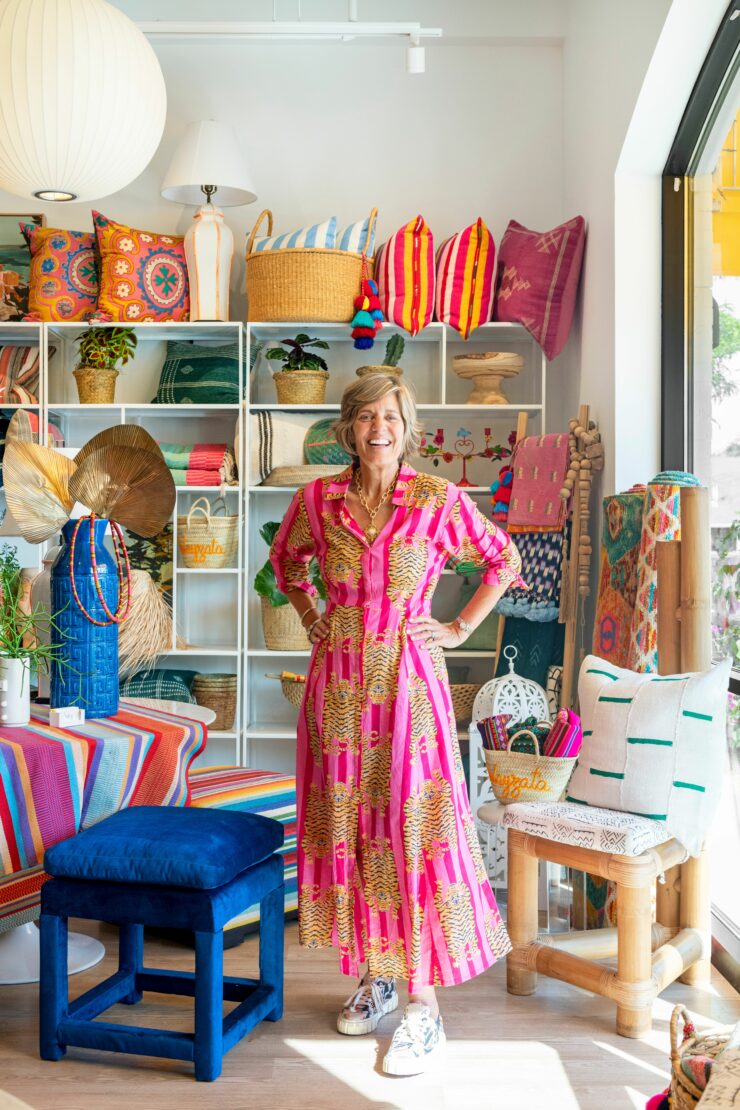
“My hometown of Wayzata is known as the jewel of Lake Minnetonka, a village rich with history and a bustling main street with boutiques and quaint restaurants,” said Lucy Penfield, founder of Lucy Interiors. “My first job was on Lake Street, waitressing for the Ole Piper Inn, a pizza hot spot we all loved. Now I am three blocks down, as shop owner. I have come full circle and I couldn’t be happier.”
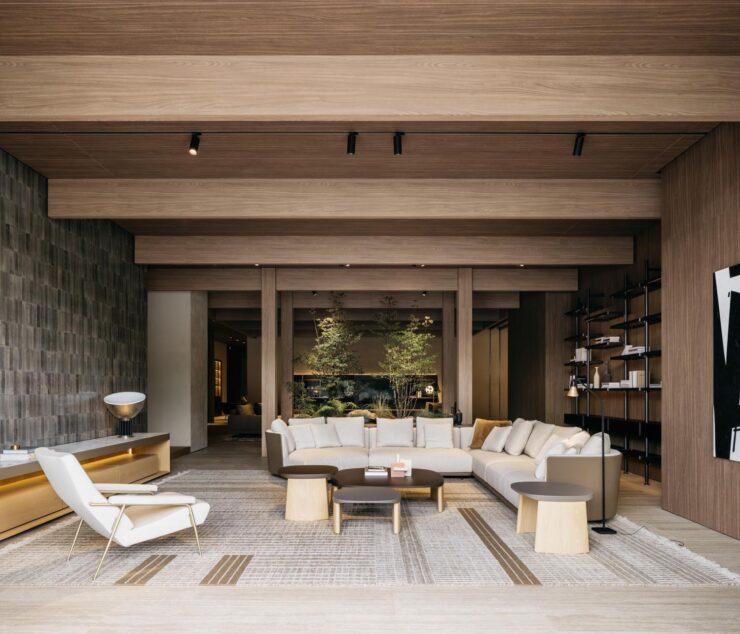
Molteni&C inaugurates its newest Flagship Store in Kunming, demonstrating the brand’s rapid growth in the contemporary design scenario of the Chinese market.
Kunming is the capital city of Yunnan Province in China, known for its pleasant climate with spring-like weather year-round, as well as its rich history, abundant cultural heritage, and diverse natural landscapes. As the most high-end Italian furniture brand in this city, Molteni&C is situated in the exclusive high-end furniture mall, Red Star Macalline, which is currently the only one of its kind in the city. Covering an area of over 900 square meters, it stands as the largest Flagship Store in China and represents the latest and most sought- after Flagship Store.

Tomoko Imade Dyen’s tea omakase was detailed and intimate and elegant and while she is not a designer nor a potter, she became a “main character” that night in telling the “story” of OWIU Goods. Without characters helping tell the story and show how to use the products in new and interesting ways, you can limit growth and miss out on reaching potential consumers. Sometimes finding those characters is obvious. In this case, Tomoko is an expert in elevated culinary experiences, helping to market to those who appreciate them too and can use OWIU Goods to enhance their own everyday culinary experiences.

A new cadre of consumers are emerging: the “zeros.”
These shoppers have zero boundaries, zero interest in middle-market goods, zero loyalty and zero patience, according to a report from global consulting firm McKinsey published in its McKinsey Quarterly journal.
But brands, retailers and designers who understand their motivations and priorities could cultivate these consumers, adding zeros to their bottom line.
Let’s take a look at their traits, one by one:
Zero boundaries
Consumers continue to favor an omnichannel retail model, moving frequently (and hopefully seamlessly) between in-store and online shopping. When they choose to shop through which channel depends on a host of factors, including what they’re buying, their mood, how much time they have, and if they happen to be near a store or cozily ensconced on their sofa when they remember they need something. McKinsey notes that “even grocery, once a stubbornly store-based category, is becoming solidly omnichannel, with nearly 40% of U.S. consumers saying they do at least some of their grocery shopping online.”
Overall, about three-quarters of consumers still prefer to purchase furniture in-store, but that’s driven by older consumers and a desire among all ages to feel/lie down on big-ticket, comfort-focused items like sofas and mattresses, according to new Consumer Insights Now research. (Consumer Insights Now research is conducted on behalf of Decor News Now and its sister publications to provide actionable information for furniture buyers ahead of the High Point Market each fall and spring.)
But if you dig into the CIN numbers, you’ll see that younger shoppers are more likely to buy all categories of furniture online, and home furnishings shoppers of all ages more evenly split their shopping between e-commerce and brick-and-mortar stores when they are buying smaller items like rugs, lighting and decorative accessories.
Today, omnichannel retail extends beyond the typical brick-and-mortar/e-commerce dichotomy and into shopping via social media and relying on influencers and celebrities for product information, McKinsey notes. CIN research shows more than one in 10 shoppers relies on social media posts from influencers/celebrities for product guidance. That figure doubles to two in 10 shoppers when considering just adult Gen Z shoppers (ages 18-26) — and they are helping to define the future of retail.
Zero interest in the middle
We’ve been seeing a bifurcation across consumer product markets for some time, with consumers, as McKinsey puts it, “either scrimping or splurging.” The report notes that the total share of consumer dollars spent on midpriced goods and services has dropped nearly 10% in the past five years. The trend is being accelerated, in part, by economic realities. Consumers on the bottom rungs of the economic ladder are getting hit harder by inflation, with wages that aren’t keeping up, and are looking for bargains. Consumers on the upper rungs often want the quality, durability and prestige that can come with higher-priced goods.
Concerningly, it appears that more consumers may be in that first group. McKinsey notes that last spring, 80% of U.S. consumers said they were “trading down to lower-priced options.”
To help cover the costs of furniture that might be immediately out of reach, about one in four shoppers plans to use financing options (such as personal or retailer-branded credit cards) that allow for monthly installment payments to pay for big-ticket furniture like dining tables, sofas, recliners and mattresses, CIN research found. And about four in 10 are more likely to buy from a store that offers financing options — and that’s a way retailers can step shoppers up to higher-end goods.
One group that has money to spend is older consumers with disposable incomes. I wrote about these vibrant mature consumers recently.
Zero loyalty
There was a time when one way many families identified themselves was by the car brand they favored. There were Buick buyers and committed Cadillac owners. (Truth be told, I have a Honda habit.) In some ways, the same was true of furniture. My family was a fan of Ethan Allen, and I still have inherited pieces from that brand in my home.
But brand loyalty is waning. “About half of consumers reported switching brands in 2022, compared with only one-third in 2020,” McKinsey notes. “What’s more, about 90% said they’ll keep switching.” That doesn’t mean companies can skimp on brand-building efforts, but it does mean they can’t rest on their reputation. Instead, brands, retailers and even designers need to continually innovate and offer new products and services that meet consumers’ evolving needs and give them a reason to return.
Zero patience
Consumers want what they want — and they want it now. We see this most clearly when it comes to free standard shipping, an expectation driven by Amazon’s next-day and same-day delivery service, as well as buy online, pick up in-store services offered by many retailers. “A plurality of customers today report that three-day shipping is the slowest they’ll tolerate before looking to other retailers,” McKinsey notes.
Consumers shopping for larger furniture pieces are a little more patient, CIN research shows. For instance, 37% of those in the market for dining room furniture are willing to wait two to three weeks for their purchase to arrive. But more than one in 10 expects delivery in less than a week, and two in 10 want their furniture in a week. The expectations are similar when it comes to delivery of reclining chairs, according to CIN.
Thankfully, supply chains once bottlenecked by pandemic closures have returned to almost normal. Bringing production back to North America is also helping many brands deliver orders more quickly to both retailers and consumers. Such improvements are helping designers better meet the needs of their clients, too. Some designers are also offering smaller, preset design packages that allow clients to enjoy a speedier makeover of a room or two.
These zero consumers don’t have to be thought of negatively. Success is just a matter of calculating how you can best meet their needs.
